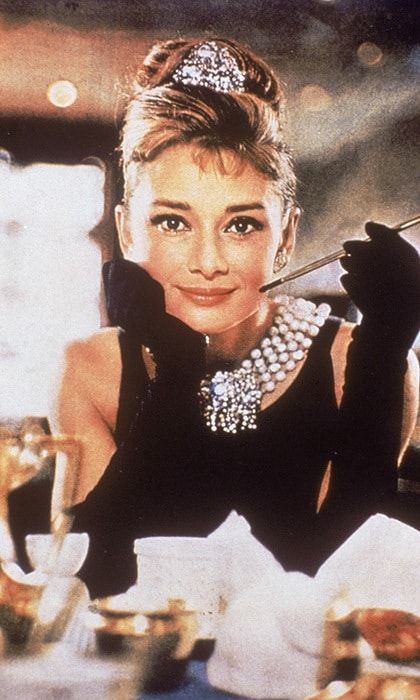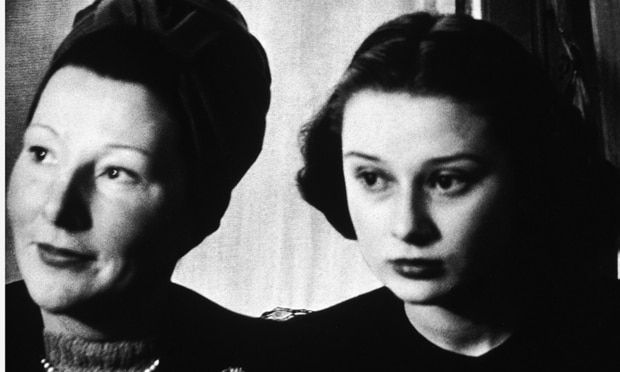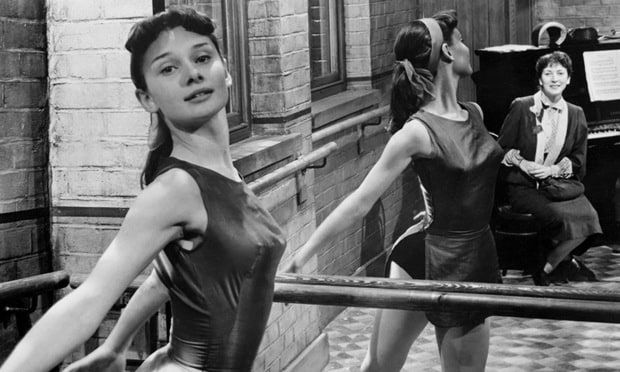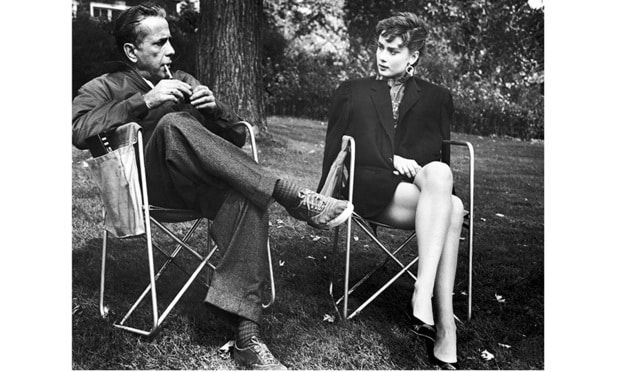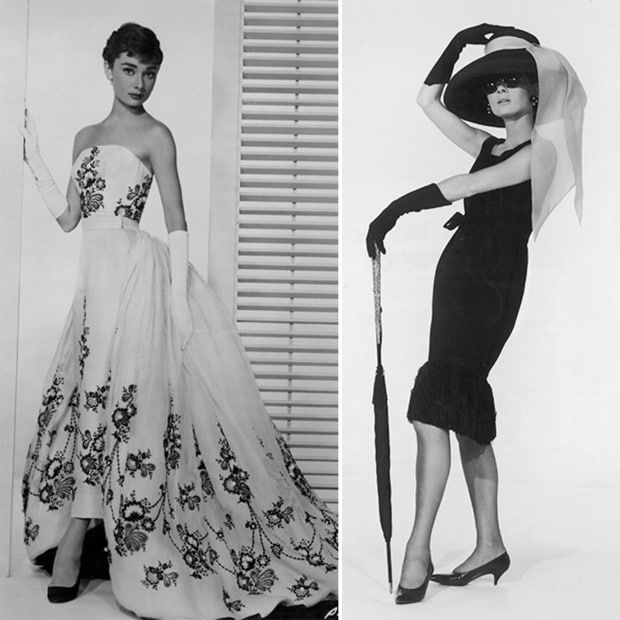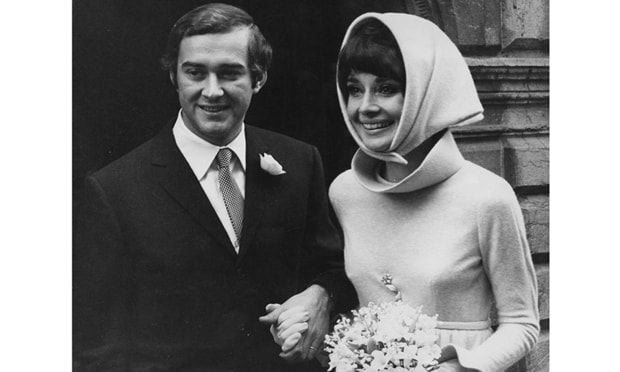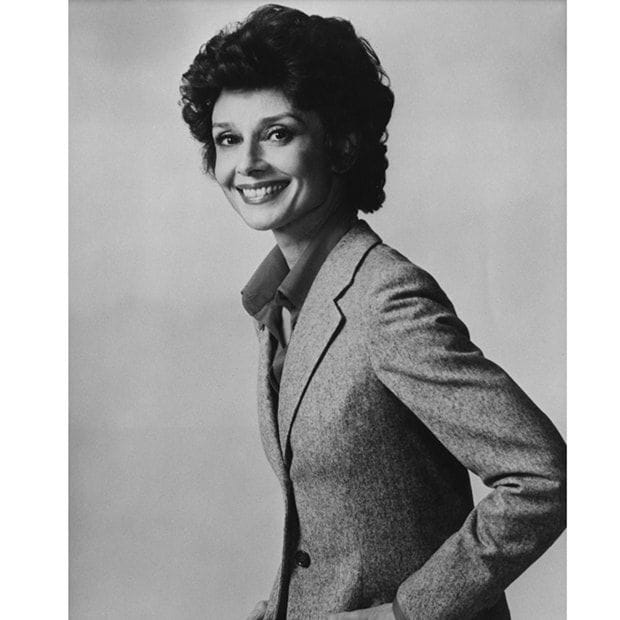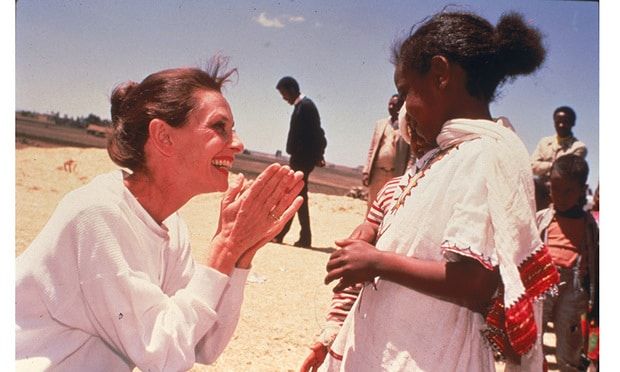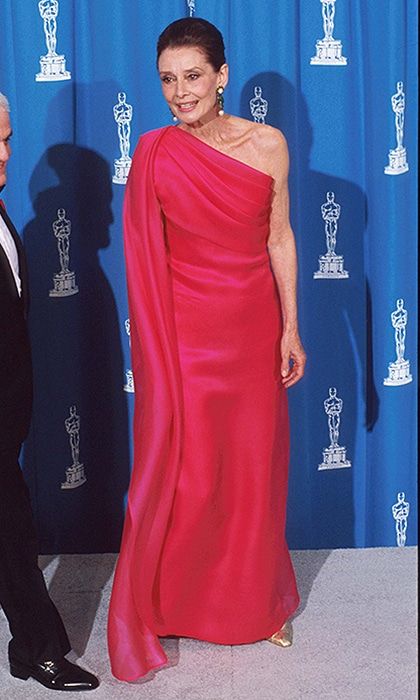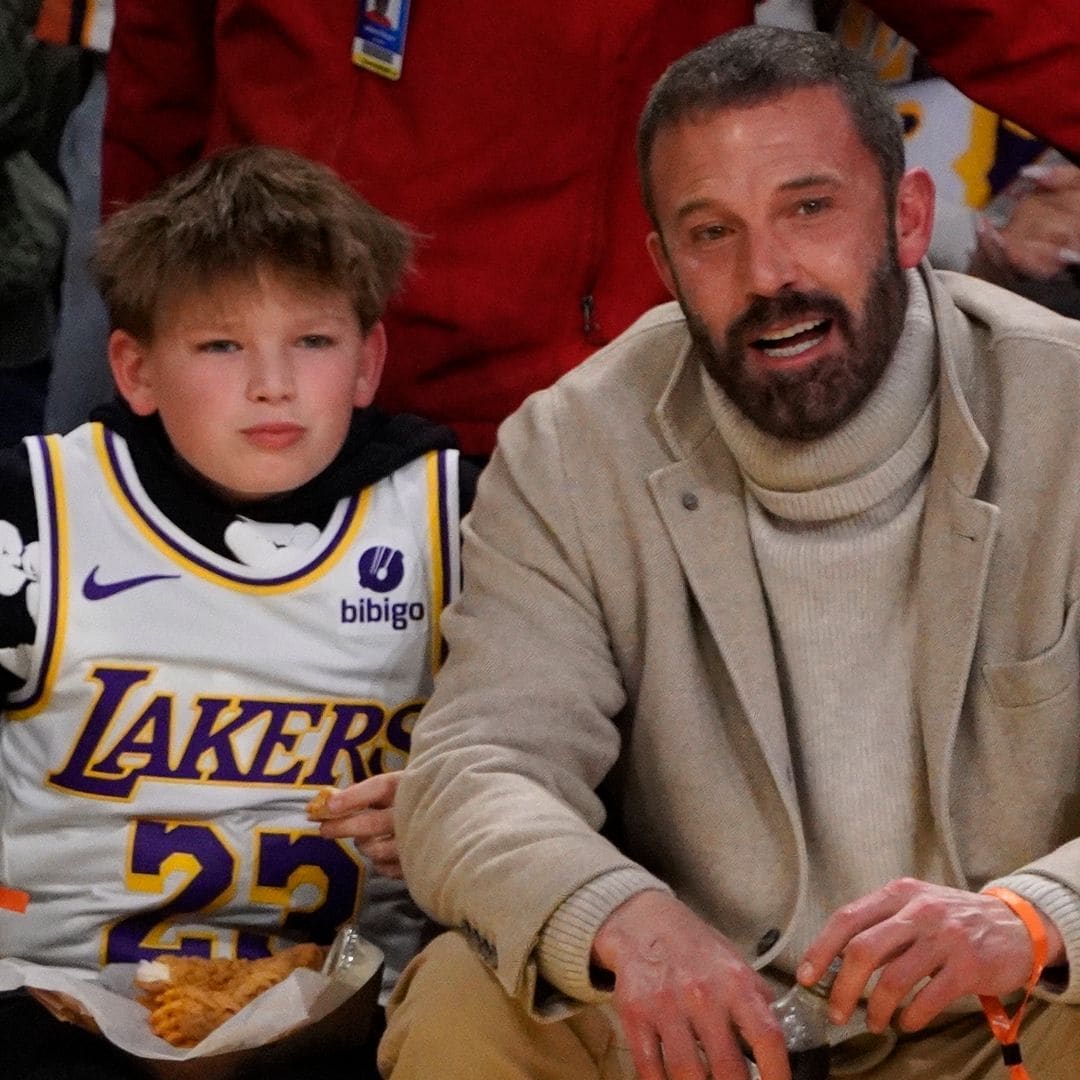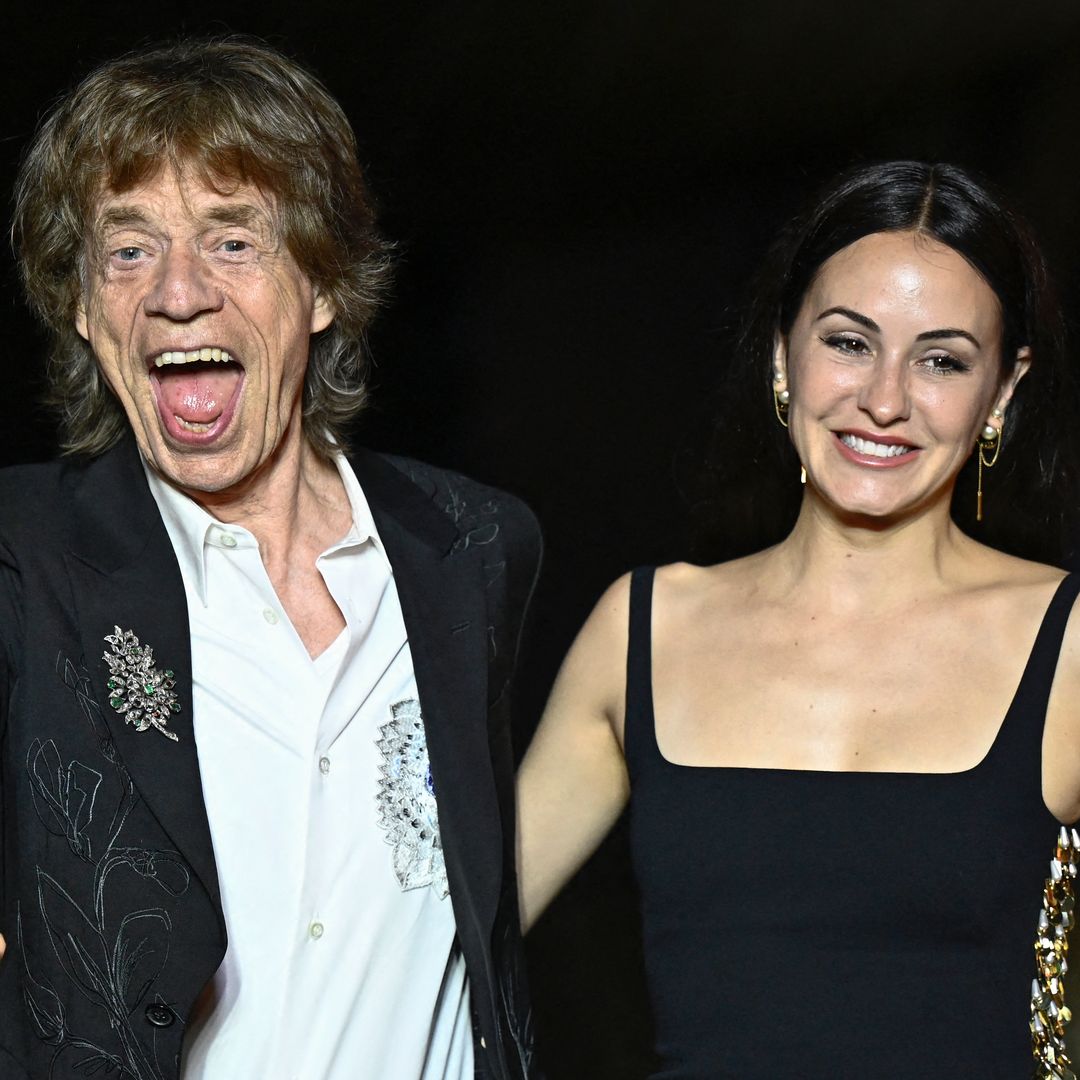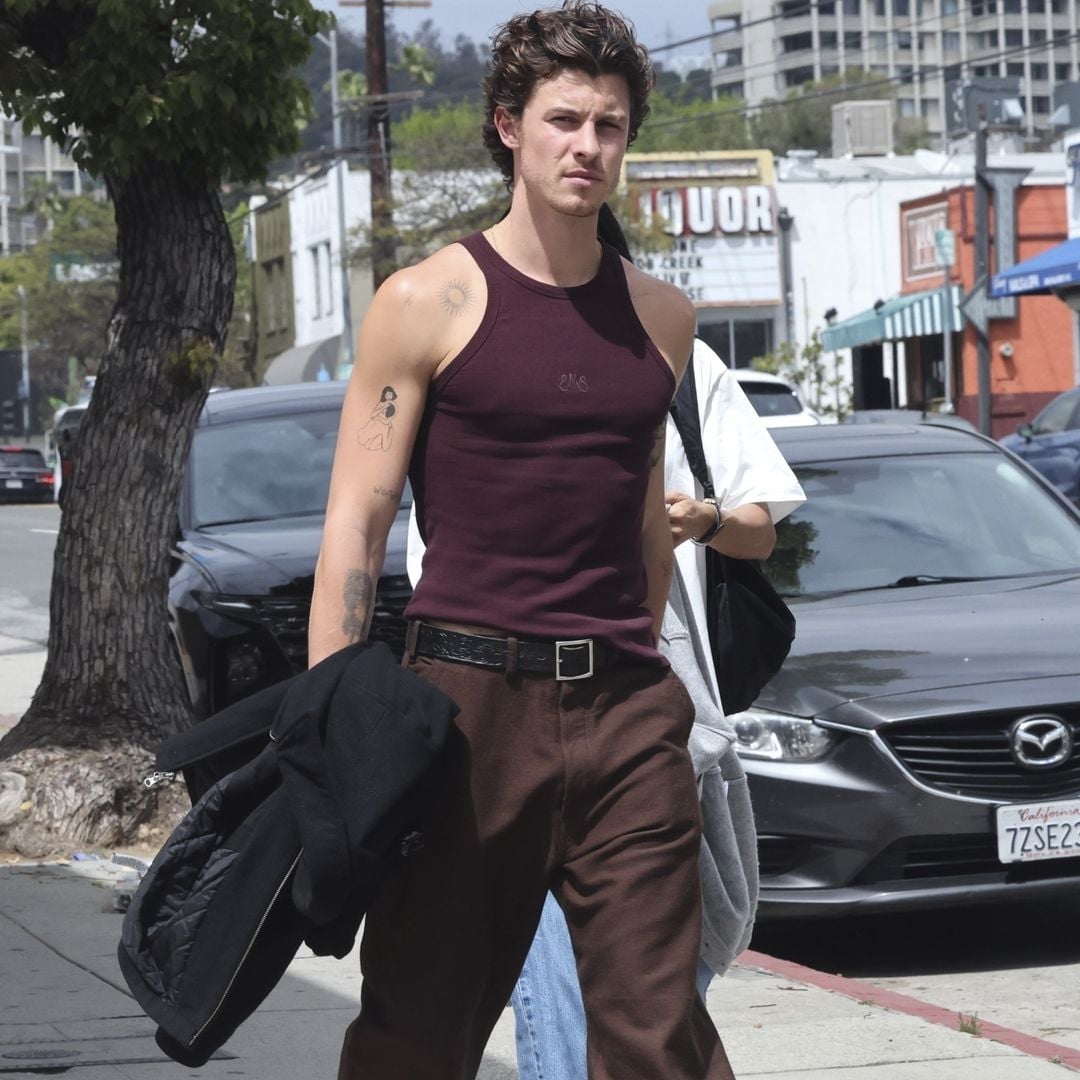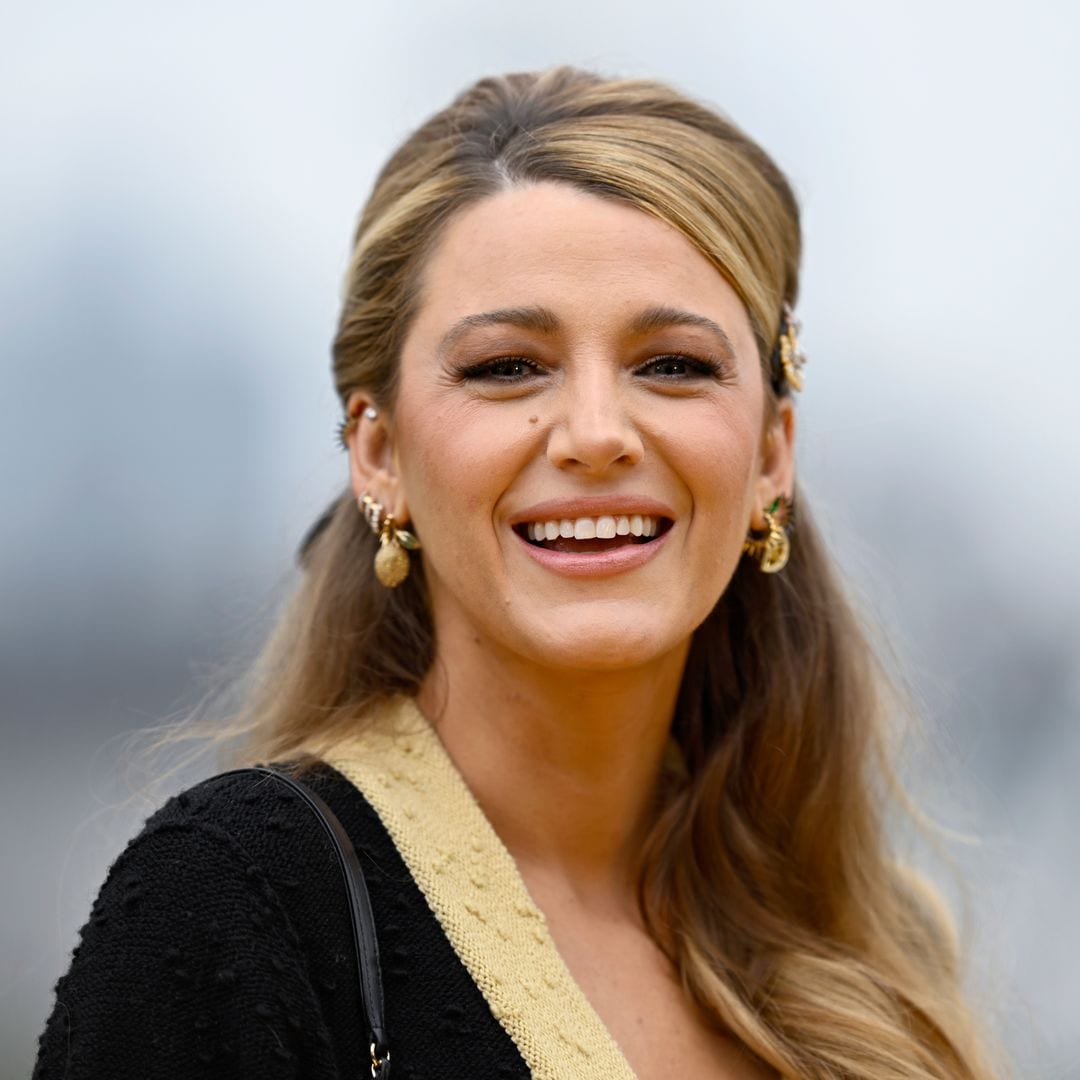Sunglasses are optional. The rest is legendary,the stuff of which our most enduring iconsare made: that Little Black Dress, wrapped onan elfin frame and teamed with a tiara’d updo,a string of pearls on a swan-like neck, and anoutrageously long cigarette holder. It will godown as one of the most unforgettableensembles of all time, a trendsetting look that Audrey Hepburn, with her blend of feminineallure and childish innocence, her Bambi eyesand impish smile, turned into an instant, andeternal, classic.Kooky party girl Holly Golightly in 1961's Breakfast atTiffany’s was just one of the roles that wonAudrey the hearts of generations of movie goers and made her a style icon.Indeed, her story is the story ofHollywood itself.Yet she was so much more than silver sceenroyalty or style touchstone. Two and half decadesafter her death on January 20, 1993, she remains one of theworld’s most beloved women, recalled as aloving mother, a tireless humanitarian, and as aCinderella who awakened in normal womengiddy dreams and a sense of real opportunity ina fast-changing world. Most remarkable, though,is the way that each new generation discoversAudrey, a woman whose outer beauty reflectedthe beauty within, and a luminous presenceundimmed by time.
CLICK FOR FULL GALLERY OF RARE PHOTOS
Audrey's roles in films like Breakfast at Tiffany's made her a movie icon Photo: Getty Images
“I’m half-Irish, half-Dutch and I was born inBelgium. If I was a dog, I’d be in a hell of amess!” she joked of her background. Theonly daughter of a Dutch aristocrat and her Anglo-Irish husband, Audreywas born in Brussels on May 4, 1929,and from an early age dreamed ofbecoming a ballet dancer. Herparents having separated, she wasliving in the Netherlands with hermother when World War II broke out. During five years of Nazi occupation, the family sufferedgreatly. “There was always a cloud offear and repression,” she said yearslater. Like many wartime children,she suffered malnutrition, with thefamily surviving on flour madefrom tulip bulbs.
MORE: AUDREY HEPBURN'S TOP 15 QUOTES TO LIVE BY
Audrey with her mother, Dutch baroness Ella Van Heemstra, in 1946. Photo: Hulton Archive/Getty Images
Even afterliberation, malnutrition had leftAudrey, then 16, suffering fromacute anemia, respiratory problemsand edema – swelling of the limbs– which scuppered any futurecareer as a prima ballerina.But her self-reliance – “If youneed a hand, you’ll find it at theend of your arm,” she once said –her irresistible can-do spirit and joiede vivre had survived the war.
Sheheaded for London, where shepursued her dance career, takingjobs in modelling, acting and filmson the side.Audrey’s fairytale break came in1951. Shooting a second-rate movieon the Riviera, she was spotted bythe grande dame of French letters,Colette, who was on the hunt for anactress to star in the Broadwayproduction of Gigi, her story of aParisian ingenue. Captivated byAudrey’s beauty – “Like a fawncaught drinking from a creek,” asher son Sean would later describe her –she offered her the role.
The budding actress, model and dancer seen around 1950 Photo: Getty Images
In no time at all, Hollywood’s topdirectors were queuing up. In 1953,William Wyler sent the young staron her Roman Holiday, the beguilingstory of a lonely Princess who playstruant for 24 hours and discoversromance and herself. This carefreecaper earned her anOscar at the age of just 24.“She’s a wispy, thin little thing,”director Billy Wilder wrote, “butyou’re really in the presence ofsomebody.” Audrey played thechauffeur’s daughter in his rags-to richestale Sabrina.
Audrey seen with co-star Humphrey Bogart on the set of Sabrina Photo: WENN
That same year,1954, she wed Mel Ferrer, an actorwith a thoughtful, aristocratic air: “Ithought he was so serious. Hedidn’t smile. I liked him…” sherecalled of their first meeting.By now she had emerged as oneof Hollywood’s most distinctiveleading ladies, standing out fromthe buxom crowd. Waiflike andwistful, refined and Peter Pan-ish,with a dancer’s feline grace, shedidn’t have the hourglass figure of Marilyn Monroe, the sassof Jane Russell or the smoulder of Sophia Loren. But that was the point. The average woman found it impossible to emulatethese screen sirens. Audrey, however, made movie starstyle accessible to anyone who could afford,or make, a little black dress. She showed that itwas stylish to wear flats in an era of sky-high heels,and took a refreshing stand on looks. “Makeupcan only make you look pretty on the outside, butit doesn’t help if you’re ugly on the inside. Unlessyou eat the makeup,” she quipped.
RELATED: Breakfast at Tiffany's and 9 more movies for style inspiration
Audrey's teaming with designer Givenchy lasted throughout her career. Here, she's seen in his creations in Sabrina and Breakfast at Tiffany's, right Photos: Getty Images, WENN
Helping her look her best outside was legendarycouturier Hubert de Givenchy, who firstdressed her for Sabrina. The pair shared anunderstanding of the need for clothes that weresimple, comfortable and chic. “It was a kind ofmarriage,” he was to say later of their relationship.Simple the dresses may have been, but onAudrey they were also aspirational, whispering towomen of fun and freedom as the 1960s dawned.
Following her split with Mel Ferrer, the actress married second husband Andrea Dotti in 1969, keeping her wedding ensemble characteristically chic and simple Photo: Getty Images
Off screen, Audrey was also transforming:from star to mother and wife. “I had to make achoice at one point in my life,” she said, “ofmissing films or missing my children. It was avery easy decision to make.”After the heartbreak of two miscarriages,she gave birth to her son Sean in the summerof 1960. But she and her husband weregrowing apart, with some saying he feltovershadowed by her success, others claiminghe tried to control her. Their 14-year marriagefinally ended in 1968.Audrey met her second husband, Italianpsychiatrist Andrea Dotti, on a Mediterraneancruise. They wed in 1969 and welcomed a son,Luca, a year later, to Audrey’s delight. However,she once more saw her marriage founder,marked by Dotti’s frequent affairs. She stayedwith him until 1982, when she felt that theirson was old enough to cope with divorce.
Flashing her unforgettable smile in 1979 during a photoshoot for Bloodline Photo: Getty Images
It during the 1980s that Audrey, instead of settling into a well-deservedretirement, took on the challenge that was tooccupy the last five years of her life: SpecialAmbassador for UNICEF.She had never forgotten her own traumaticchildhood. “I was one of the tens of thousands ofstarving children in war-ravaged Europe to receiveaid from UNICEF, immediately after our liberation.That liberation freed us from hunger, repression,and constant violence,” she explained.She brought not just dedication, but joy to herwork, treasuring her encounters with childrenaround the world.
The film star meets locals during her first-ever trip as a UNICEF Goodwill Ambassador, traveling to Ethiopia in1988 Photo: Getty Images
Her sons have paid tribute to her as awonderful mother, who stretched out her armsnot just to them, but to children everywhere. AsSean recalls: “Mummy believed in one thingabove all: she believed in love. She believed lovecould heal, fix, mend, and make everythingfine and good in the end.”
Audrey was as beautiful as ever at the 1992 Oscars, the year before she passed at the age of 63 Photo: Getty Images
From 1980 until her death, Audrey was in arelationship with Dutch actor Robert Wolders, and calledthe years spent with him the happiest of herlife. Sadly, they were to be all too short.He and her sons were by her side when shedied of colon cancer in 1993, at the age of 63. Shespent her final days enjoying her family andgarden at her Swiss home, aware, as the endapproached, of what is really worth cherishing.“The best thing to hold onto in life,” she once said,“is each other.”
For more about style icons, click here.
,type=downsize)

